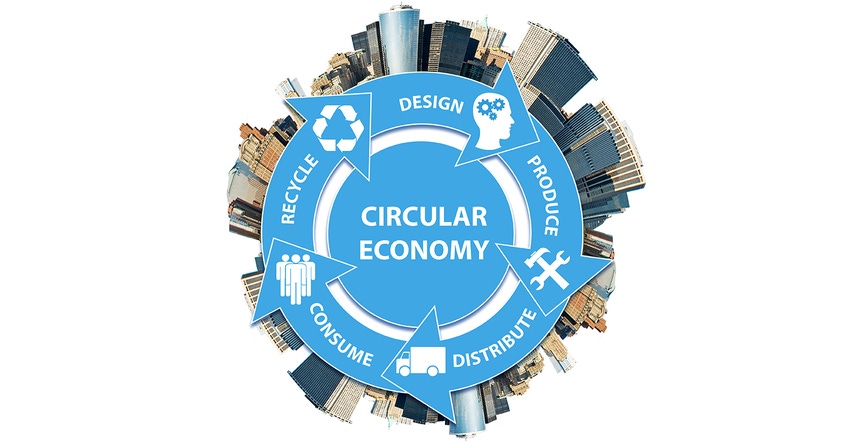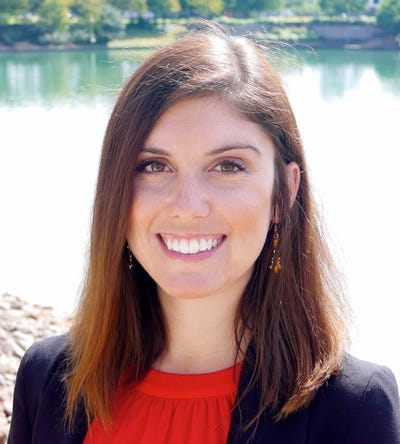2020 has been a year unlike any other. What have we learned and how will it change the future for plastics?

As we approach the new year and usher in 2021, all members of our global society are looking forward to leaving this pandemic’s devastating impact and the year behind us. As promising vaccine studies emerge, we’re drawn closer to the proverbial “light-at-the-end-of-the-tunnel” of 2020.
Yet there are aspects of pandemic life that might remain with us for the long term. For instance, the increased time many of us spent at home with our families, may leave us with a renewed appreciation for quieter evenings, relaxing with loved ones as opposed to previous years spent with a constantly “on-the-move” lifestyle.
We can also expect to see a persistent appreciation for safety and hygiene, in terms of both personal-use, and in how the products we purchase reach us. For example, plastics, once abhorred, are now essential: on one hand providing personal protective equipment (PPE) for front line workers as well as keeping curbside pickup orders safe and warm.
The heightened demand for plastic materials, accelerated by the COVID-19 crisis, has collided with the continually increased focus on plastic circular solutions from the pre-COVID pandemic early days of 2020. While public awareness of the limitations and, sometimes, failures of current systems and policies for proper management of plastic waste were at all-time highs, COVID-affected industries such as healthcare, hospitality, foodservice and retail, all highlighted the role that plastics play in the health and safety of our global society. We are more than nine months into fighting this pandemic, and plastics’ functionality continues to enable the functionality of daily life. This is especially evident as coronavirus cases continue to surge and states across the nation consider rollbacks on reopening businesses during the winter months. Nevertheless, throughout 2020, plastics companies have continued pushing forward with projects to enable a more sustainable lifecycle for their products. All the while, remaining steady and committed to the development and execution of solutions as they were before this pandemic arrived.
Polystyrene as an example.
Polystyrene has previously been considered challenging to recycle. Yet PS has been essential in the production and supply of face shields and other Personal Protection Equipment (PPE). Additionally, it has allowed us to maintain social distance while supporting local businesses that leverage PS’s superior insulating properties for take-out and delivery packaging.
Perhaps surprisingly to some, the commercialization of technologies such as advanced recycling has continued to progress rapidly in the polystyrene industry this year. INEOS Styrolution, a global supplier of styrenic plastics, is building an advanced recycling facility in Channahon, IL that will convert PS waste back into styrene monomer – the same raw material used to create traditional polystyrene. This technology’s ability to so thoroughly recover PS’s raw material will allow for recycled product to be safely used even within food and medical applications –the exact applications that have been so critical to maintaining our daily lives throughout 2020.
As we move into 2021 and hopefully, beginning to transition out of pandemic life, circumstances present a unique opportunity for combining commercial-ready circular technologies with the essential value of plastic products. With a renewed respect for the value of these extraordinary materials, coupled with the continued progression of advanced recycling technologies, we should resolve to build a recycling infrastructure that enables us to both utilize all materials essential to our way of life, and the recovery and repurpose of those materials into new, valuable applications again and again.
As we emerge from this pandemic-driven darkness of 2020, we should remember the lessons learned. For it is by recalling our learnings and implementing the solutions that we build a post-pandemic era in 2021 that’s both stronger and more sustainable than before.
Cassie Bradley is INEOS Styrolution’s Sustainability and Circular Economy Commercial Manager, leading these initiatives for the company across North American. She works with leaders in the emerging polystyrene recycling industry to create valuable partnerships and grow the Polystyrene Circular Economy to meet INEOS Styrolution’s scale as a global leader in styrenics. She has a B.S. in Chemical Engineering from the University of Illinois at Urbana-Champaign and is currently pursuing her MBA at the University of Chicago’s Booth School of Business.
About the Author(s)
You May Also Like




